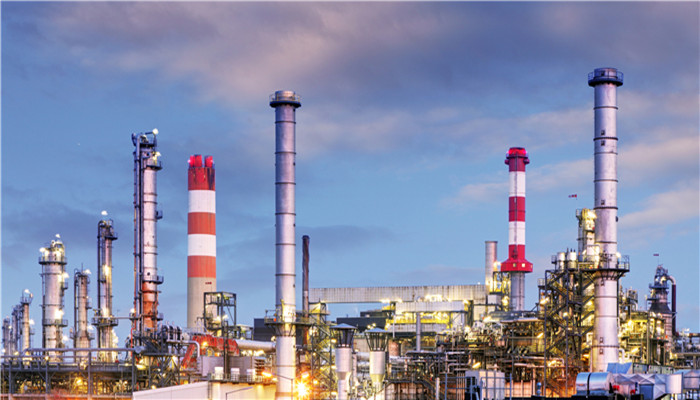
The carbon dioxide copolymer industry has good development prospects, but it has not yet achieved large-scale application.
Carbon dioxide can be used as a carbon and oxygen resource in the production of chemical products, and has been widely used in the production of salicylic acid, cyclic carbonates and other products. In the future, using carbon dioxide as raw material to generate high value-added carbon dioxide copolymers will be a key development direction in the field of carbon dioxide chemistry. The generation of polymer materials from carbon dioxide can not only increase the added value of carbon dioxide, but also solve the problem of shortage of modern petrochemical resources. It also meets the domestic “double carbon” goal and expands the application space of carbon dioxide. Carbon dioxide copolymer is transparent and degradable, and has a high competitive advantage in food and medical packaging materials. The application scenarios of carbon dioxide copolymer medical materials are quite broad.
There are two types of carbon dioxide copolymers with the most development value, namely carbon dioxide-based plastic (PPC) and carbon dioxide-based polyurethane (CO2-PU). PPC is biodegradable and can be used as packaging bags, agricultural mulch films and other products; Carbon dioxide-based polyurethane is generated from carbon dioxide and propylene oxide. It is a new production process of polyurethane.
According to the “Research Report on Market Segment Demand and Development Opportunities of China’s Carbon Dioxide Copolymer Industry 2021-2026” released by the Industrial Research Center , although the research on carbon dioxide copolymers has taken a long time, due to cost and technical limitations, in fact, high value-added carbon dioxide copolymer products have not been widely used. In terms of production, in 2013, my country built the world’s first 10,000-ton PPC production line, realizing large-scale production and application of PPC. In 2017, a 50,000-ton PPC production line was built in the Jilin Chemical Industry Circular Economy Demonstration Park. In the same area , established a 50,000-ton CO2-PU production line in 2018. With the large-scale construction of related projects, it indicates that the carbon dioxide copolymer industry may usher in large-scale and industrial development.
PPC is an amorphous material and a low-polarity polymer. It has the disadvantage of high low-temperature brittleness. Therefore, its application range is small and requires modified production before it can be used on a large scale. In the field of polyurethane, as environmental protection supervision becomes stricter, the polyurethane industry is gradually developing towards water-based polyurethane. In the production of water-based polyurethane, using carbon dioxide as the soft segment will greatly improve the oxidation resistance, mechanical properties, and hydrolysis resistance of polyurethane.
Industrial analysts said that under the background of “dual carbon”, the number of domestic CCUS projects continues to rise, and the amount of carbon capture is growing rapidly. In 2020, domestic carbon capture capacity will be approximately 3.2 million tons/year. The growth in carbon dioxide capture is also driving the development of the field of carbon dioxide utilization. In recent years, domestic carbon dioxide conversion and utilization technologies have been constantly updated. Using carbon dioxide as raw material to produce carbon dioxide copolymers can not only increase added value, but also replace the traditional chemical industry, so it has high future development value.

 微信扫一扫打赏
微信扫一扫打赏

